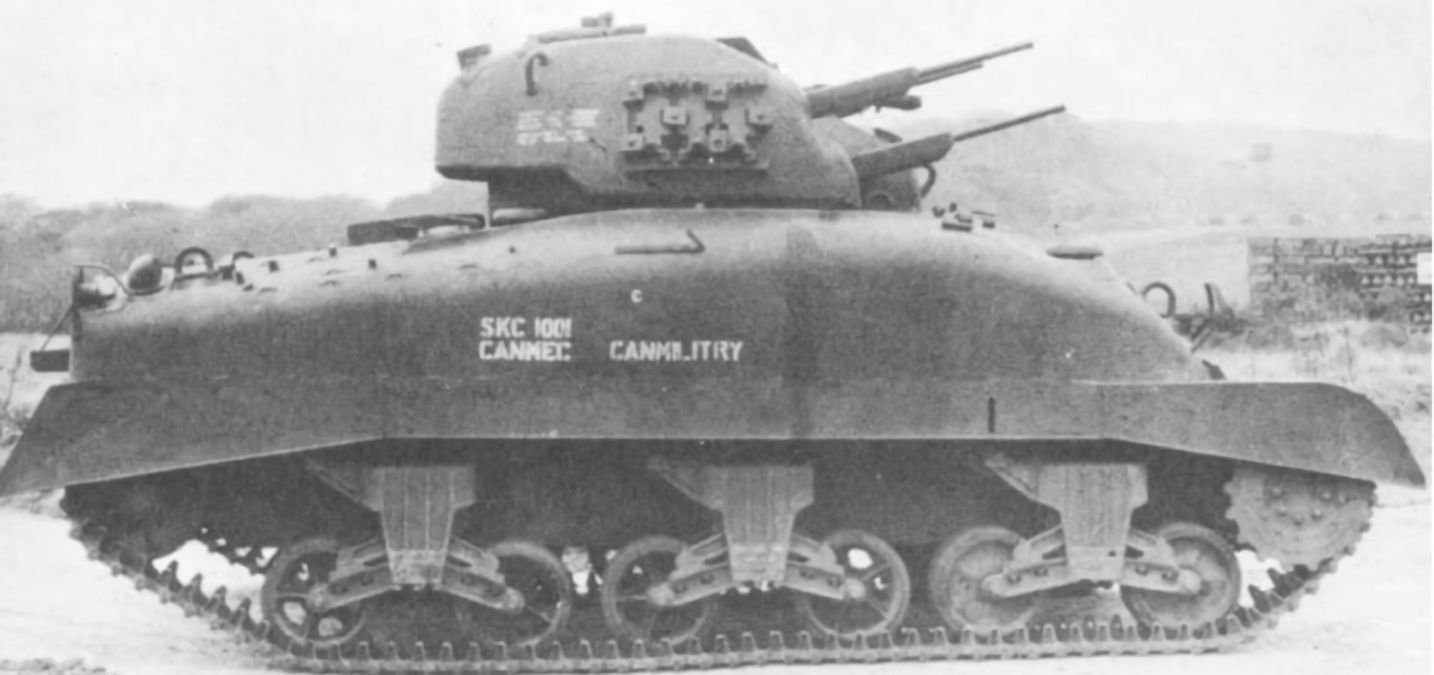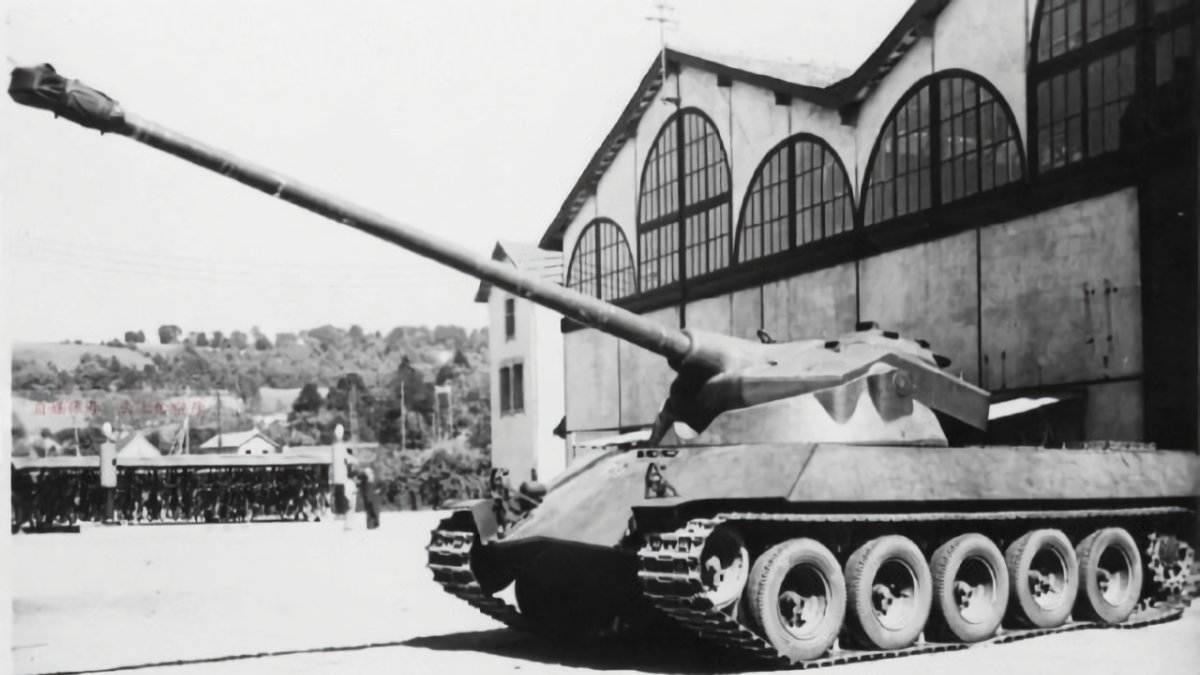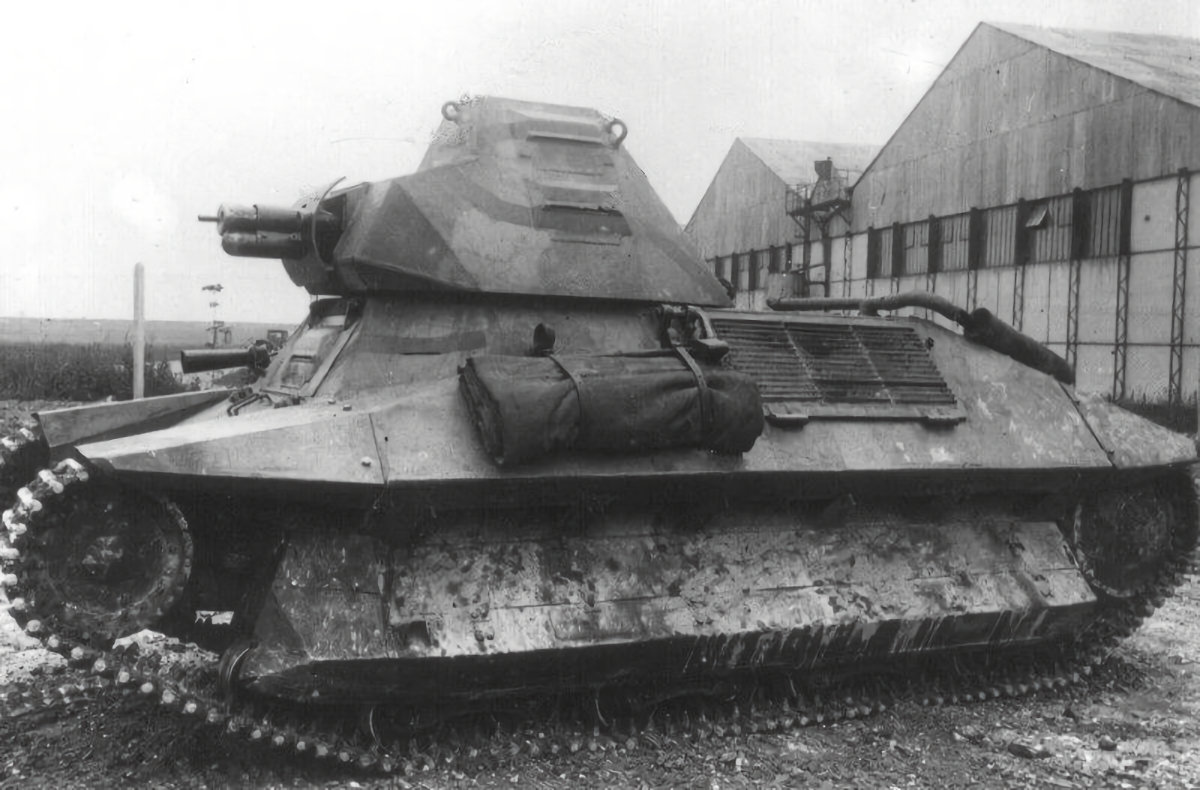Tag: tank
-
Skink Anti-Aircraft Tank

Skink Anti-Aircraft Tank The Skink anti-aircraft tank was a Canadian self-propelled anti-aircraft gun, developed in 1943–44, for the First Canadian Army. The chassis was based on a Grizzly I cruiser tank (a Canadian manufactured M4A1 Sherman tank). The cast turret held four 20mm cannon. Initially these were 20mm Hispano-Suiza cannons, which were later replaced by… Read more
-
Lorraine 40t French Medium Tank

Lorraine 40t French Medium Tank The Lorraine 40t was a French medium tank designed to replace the AMX-50 then in development. The AMX-50 project became too heavy once changes were incorporated to increase armour and gun size to combat the IS-3. As a result the Lorraine 40t had thinner armour and rubber road wheels. Armament… Read more
-
French Tank FCM 36

French Tank FCM 36 The FCM 36 was a light infantry tank that was designed for the French Army prior to World War II. It had a crew of two and was equipped with a short 37 mm main armament and a 7.5 mm coaxial machine gun. At the outbreak of the Invasion of France,… Read more